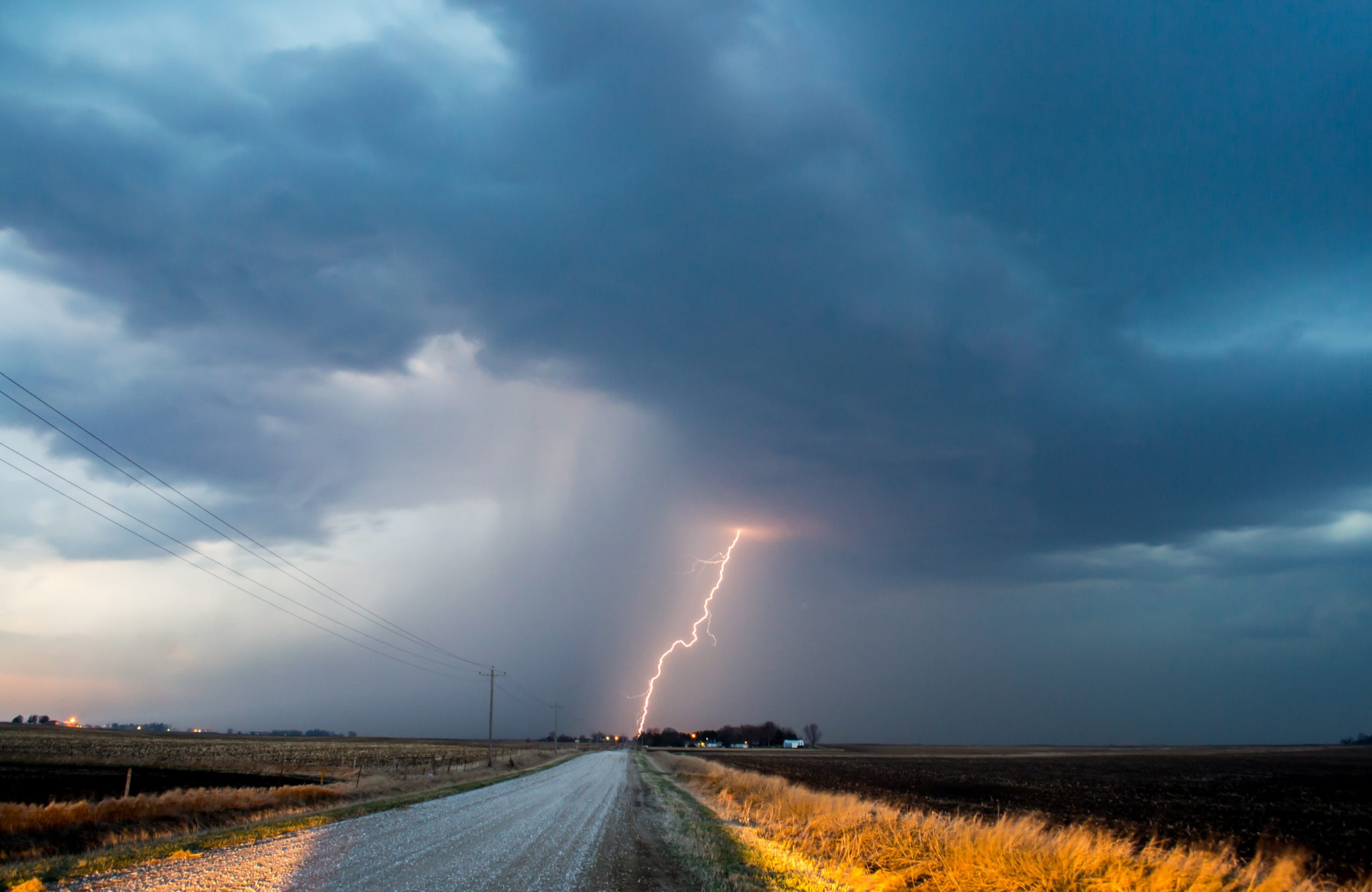Last Friday demand was forecast to break the all-time record of 10,119MW seen in March 2022. AEMO’s pre dispatch forecasting was showing demand peaking at 10,656MW but by 5:30 it had fallen short with Queensland’s demand peaking at 9,750MW.
With a record peak demand forecast due to high temperatures and humidity, AEMO utilised its emergency powers to prevent blackouts across Queensland. As the evening peak approached on Friday, AEMO intervened in the market and at 4:25pm they enabled Reliability and Emergency Reserve Trader (RERT).
Between 5.30pm and 9.30pm members of the RERT panel reduced consumption on site or increased on site generation to reduce the overall QLD demand. These panel members are compensated by AEMO under individual arrangements if their services are used.
Prior to the dispatching of RERT, AEMO had sent lack of reserve notices to the market to encourage generators to offer more supply. Also, the QLD energy minister said the system would be tight, but he was confident of avoiding blackouts.
As previously discussed, Queensland relies on wind and solar generation to provide clean cheap electricity, but it is currently reliant on coal fired generation to provide the reliable backup when the sun has gone down, and the wind is not blowing.
Currently on a “normal” day demand is easily filled with a combination of solar, wind, gas and coal but on extreme day like last Friday the system becomes more dependent on scheduled generation like gas and coal fired powered stations.
Following the failure at Callide C3 and Callide C4 the state is down 840MW of availability and on extreme days this generation can mean the difference between “normal” prices and the lights staying on and very high prices and the possibility of load shedding.
If it was not for AEMO stepping in, demand may have increased, and spot prices may have certainly capped out close to $15,500/MWh. While very high prices are not good for end users, they are a signal for investment.
If high spot prices occur, it may encourage increased participation in the market and new generation being built but currently the uptake of renewable projects and storage has been slow.
Queensland has high ambitions to replace the coal fleet with renewable and storage but days like last Friday only reinforce that coal fired generation still plays a significant part in the security and price outcomes in the QLD market.
Edge2020 have an eye on the energy market, enabling us to support price benefits as well as customer supply and demand agreements. Our clients rely on our experts to ensure they are informed, equipped, and ideally positioned to make the right decisions at the right time. If you could benefit from an expert eye on your energy portfolio, we’d love to meet you. Contact us on: 1800 334 336 or email: info@edge2020.com.au

